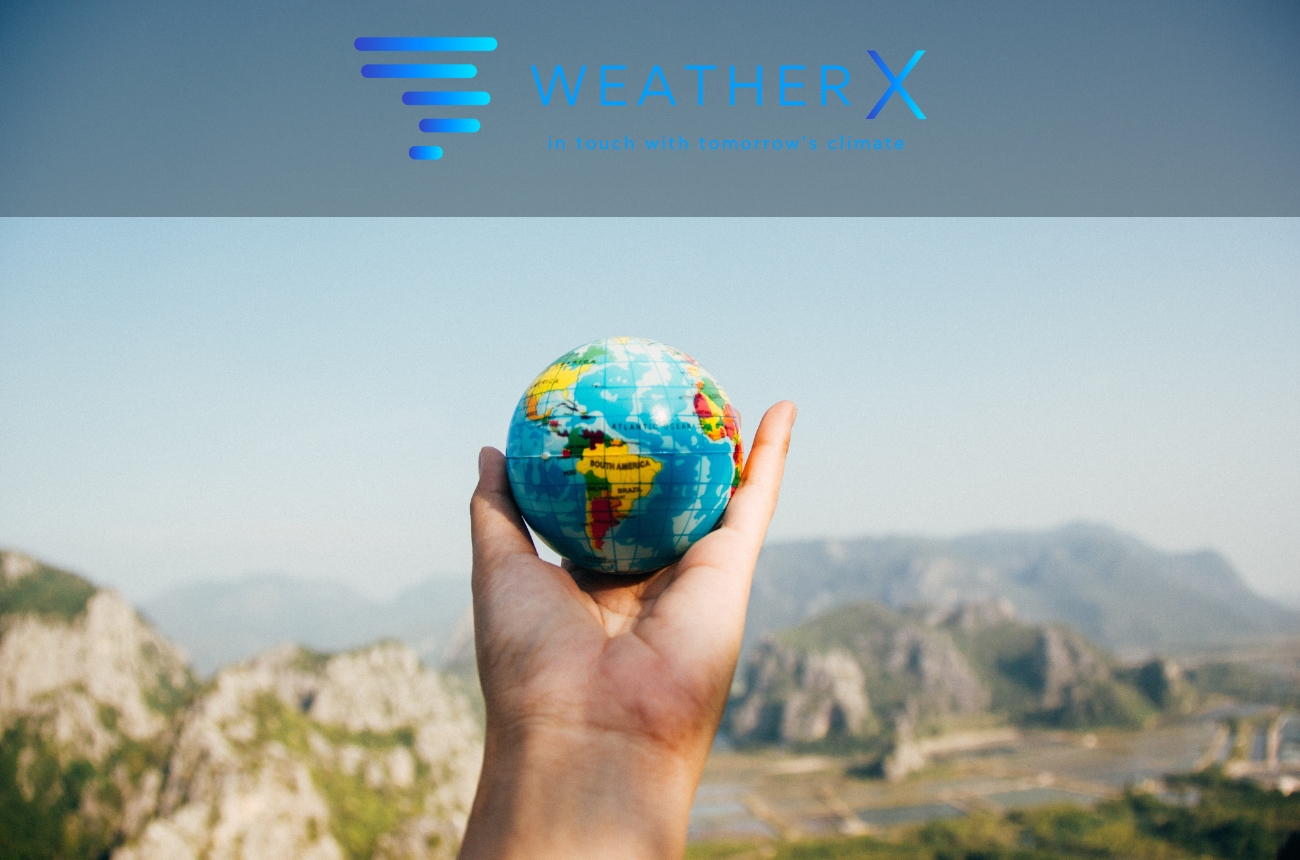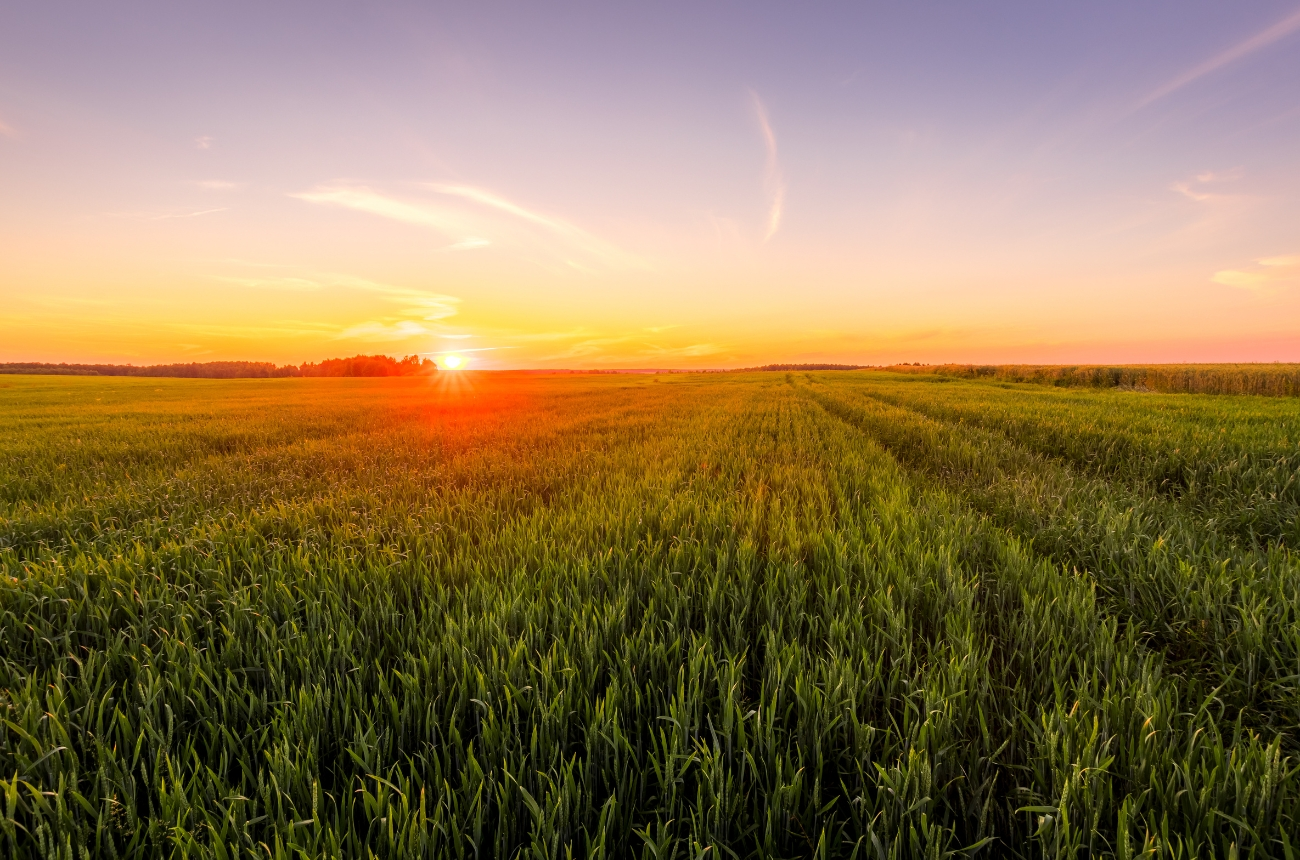
Weather is one of those things we can’t control, but it sure can control us. From simple sunny days to raging storms, weather impacts our lives in a big way. Recently, we’ve started to see more and more extreme weather events. Maybe you’ve noticed, maybe you haven’t, but climate scientists are sounding the alarm bells. So, what types of severe weather events are becoming more common? Let’s dig in.
Heatwaves
Summer is a time for fun, but too much heat can be dangerous. Heatwaves are becoming more frequent and more severe, especially in places that are not used to extreme heat. If you’re in a city, the concrete and buildings can make things even hotter. This is called the “urban heat island effect.” More heatwaves mean more health risks like dehydration and heatstroke, especially for the young, old, and those with existing health conditions.
Wildfires
When things get hot and dry, the chances of wildfires increase. Wildfires are now happening more often and burning larger areas than before. They not only destroy homes and wildlife but also make air quality terrible. The smoke can travel long distances, affecting people far away from the fire itself.
Floods
Too much rain can cause flooding, and we’re seeing more floods than ever. Heavy rains can overwhelm rivers, lakes, and drainage systems, leading to destruction and loss of life. Flooding can make it tough for emergency services to reach people in need and can cause long-term damage to communities.
Hurricanes and Tropical Storms
The winds are getting wilder out there. Hurricanes and tropical storms have always been dangerous, but they’re becoming even more intense. Stronger winds and more rainfall make these storms highly destructive. Coastal areas are particularly at risk, with rising sea levels making things even worse.
Tornadoes
Tornadoes can form suddenly and cause massive destruction in their path. While it’s still not completely clear how climate change is affecting tornadoes, the increasing frequency of other extreme weather events is a concern. Warmer air can hold more moisture, creating conditions that might lead to severe thunderstorms, which can spawn tornadoes.
Hailstorms
Think about ice falling from the sky—ouch! Hailstorms can damage crops, vehicles, and buildings. Like other types of severe weather, hailstorms seem to be happening more often. The size of the hailstones is also getting larger, which means more damage.
Conclusion
The frequency of extreme weather events is a wake-up call for all of us. Not only do these events disrupt our lives, but they also serve as a reminder that we need to take action on climate change. We might not control the weather, but we can control how we prepare for it and how we take care of our planet. Remember, small changes can make a big difference.
Stay safe and stay informed.
WeatherX


